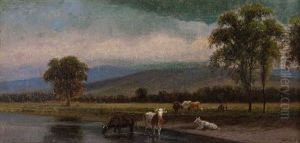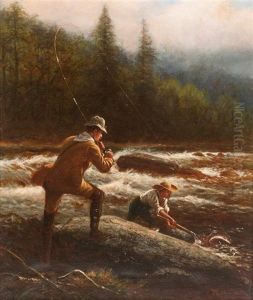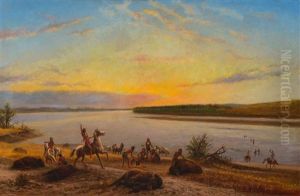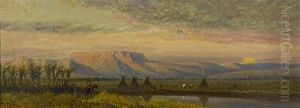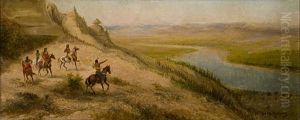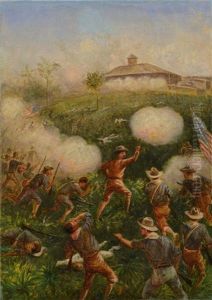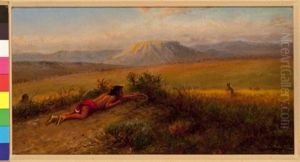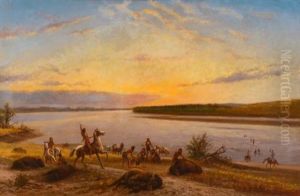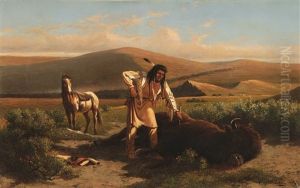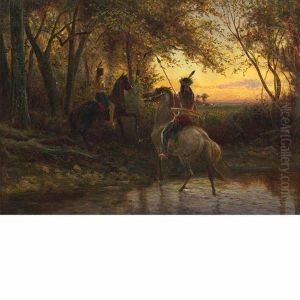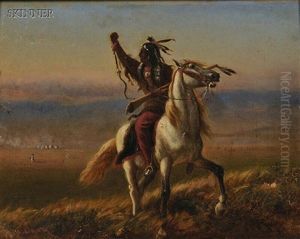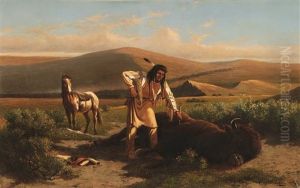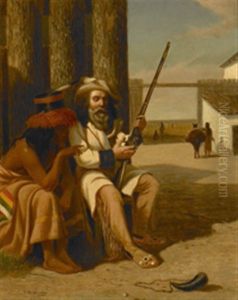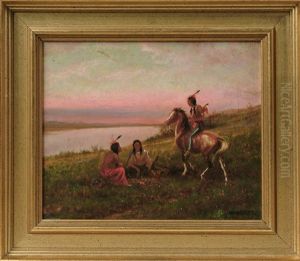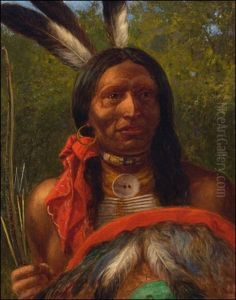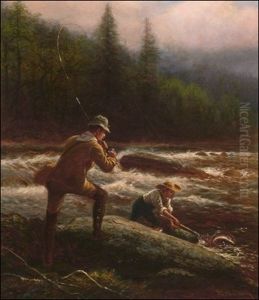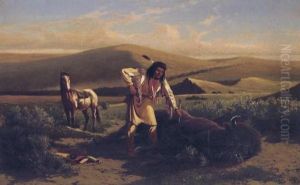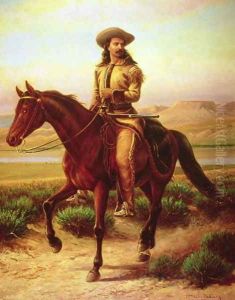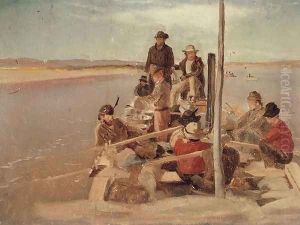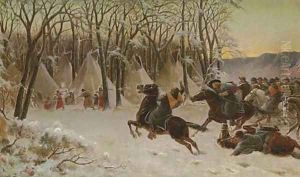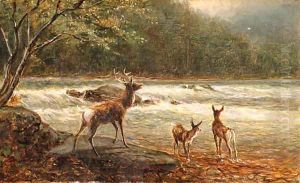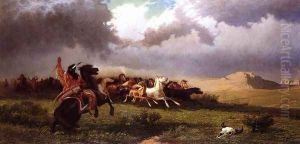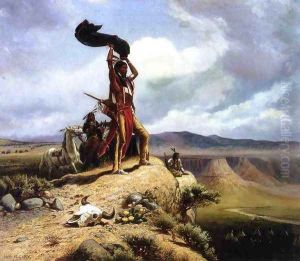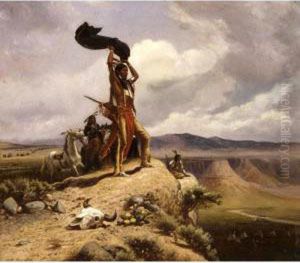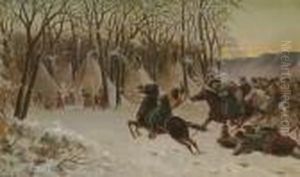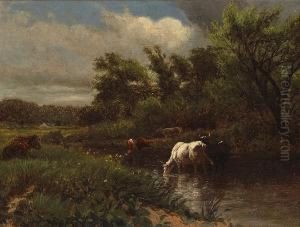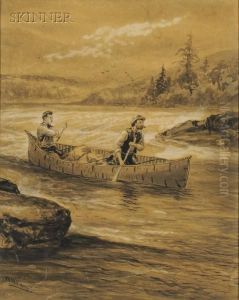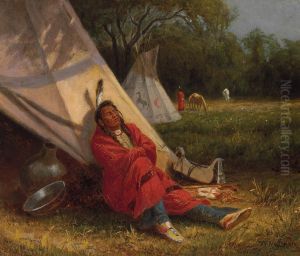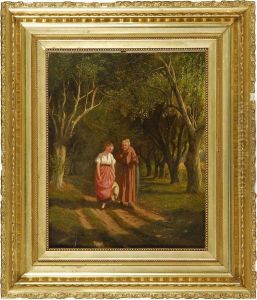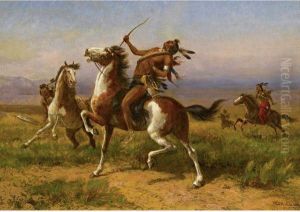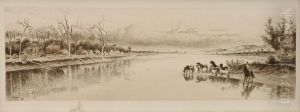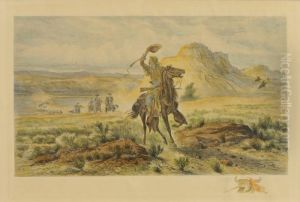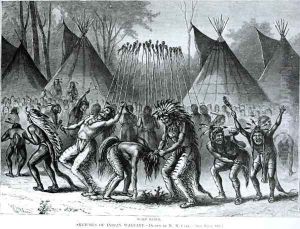William de la Montagne Cary Paintings
William de la Montagne Cary was an American artist known for his works depicting the Wild West. Born on October 30, 1840, in Tappan, New York, Cary began his artistic career as an illustrator and painter at a young age. He developed an interest in the American West and its landscapes, Native Americans, and frontier life, which became the central themes of his artwork.
Cary's career took off when he started creating illustrations for popular magazines of the time, such as 'Harper's Weekly' and 'Appleton's Journal.' His illustrations were based on firsthand experiences, as he traveled west to the Missouri River and the Rocky Mountains in the 1860s. During these travels, he sketched and documented the life of the Plains Indians, fur trappers, and pioneers, providing a visual record of the American frontier.
In the 1870s, Cary focused more on painting, and his works were exhibited in prominent venues like the National Academy of Design in New York. His paintings often featured dramatic scenes of the West, including buffalo hunts, Indian encampments, and the rugged terrain of the frontier. He was noted for his attention to detail and the authenticity of his depictions, which earned him a reputation as a skilled painter of the American West.
Cary continued to work and live in the East, where he translated his Western experiences into art. He was a member of the Salmagundi Club, an association of artists in New York City, and his work continued to garner attention and praise throughout his career. William de la Montagne Cary passed away on February 15, 1922, leaving behind a rich legacy of artwork that captured the spirit and adventure of the American West during a time of great change and expansion.
